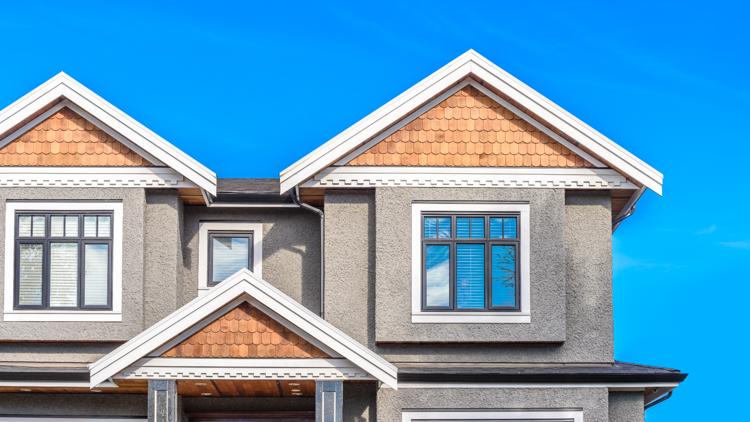Housing in Houston and Harris County becomes less affordable as climate change adds pressure, according to the 2025 State of Housing report.


HOUSTON — Housing in Houston and Harris County is becoming increasingly unaffordable, and climate change is creating challenges for vulnerable communities, according to the 2025 State of Housing report released by the Kinder Institute for Urban Research.
The annual study, which has tracked the local housing landscape since 2020, found that both renting and homeownership have become less accessible, with widening affordability gaps and growing climate-related issues affecting low-income households.
“The cost of coping with and adapting to these conditions is borne most heavily by those who can least afford it,” the report warns.
Houston sees rising housing costs
According to the report, the affordability gap for homeownership has grown significantly. In Houston, the gap is $175,967, while in Harris County it stands at $129,763 — meaning land and home prices are rising faster than wages.
Renters are also under pressure. The county added roughly 15,000 cost-burdened renters in just one year. Despite Houston’s reputation for more affordable housing compared to other major U.S. cities, the report notes that “large increases in rent have created more cost-burdened households,” leaving many residents with little room in their budgets.
Although Houston remains primarily a renter city, there has been a shift toward homeownership. Between 2022 and 2023, both the city and county lost about 20,000 rental households and gained approximately 12,000 owner-occupied households, the study found.
The study also explains a population trend toward moving into the suburbs, while the central city population remains stagnant, indicating the rise in cost is causing people to leave the city for suburbia.
Climate change adds pressure to housing crisis
The Kinder Institute identifies climate change as a major factor in unsustainable housing, particularly for low-income and minority communities.
“In both flood-prone communities and communities with higher land surface temperatures, a significantly larger share of residents lives in poverty,” the report states.
This means that vulnerable households are located in areas most susceptible to flooding and extreme heat.
Many of these communities are underinsured. The report highlights inadequate flood insurance coverage, a major risk in a region historically prone to flooding.
“Poorer communities must rely on FEMA aid,” the report states.
Perhaps most alarming, the rising cost of home insurance driven by climate risks could add more than $15,000 to the overall cost of owning a home, pushing homeownership even further out of reach for many.
In terms of infrastructure, many homes in Harris County lack basic systems for weather resilience. More than 106,000 residential structures do not have central air conditioning, and more than 40,000 lack piped-in natural gas, electric or solar heating, according to the study.
Air quality is also a concern, particularly in predominantly Hispanic and Latino neighborhoods, which may lead to health and environmental issues.
As policymakers and planners consider the region’s future, the Kinder Institute report serves as a call to action. It highlights the need for more affordable, climate-resilient housing.
Without such measures, the researchers warn, the burdens of living in Houston and Harris County will continue to fall unevenly and unsustainably on those with the fewest resources.









 English (US) ·
English (US) ·